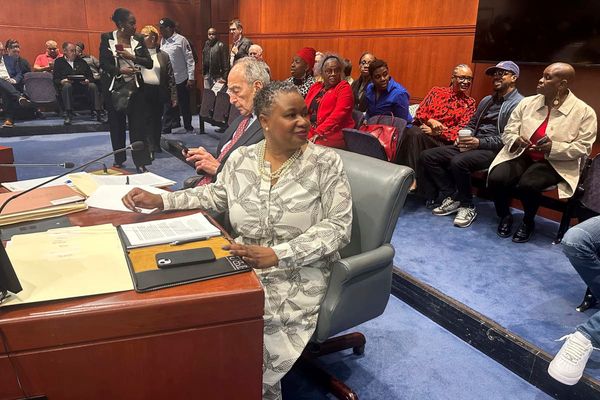
At the end of May, dusk yawns deep over the bayou, spinning orange-pink gold across summer-green front lawns, softening the day-bleached glare of pearlshell gravel roads. The sharp fuss of grown-ups, issued from porches at the rowdy barefoot yarding of neighborhood kids, rises over the chatter of rocking chairs, to contend with manic squeals and out-of-breath laughter. One fuzzy blink after another — and always just an inch from the grasp of sticky fingers — the lightning bugs begin to fill the air. Each one’s momentary glow pulses alive and fades in syncopated rhythm with the drowsy croaks of bullfrogs.
“The presence of fireflies indicates a diverse habitat … essential to ensuring future generations are able to enjoy the natural wonder of skies lit up by them,” said Virginia Tech’s Eric Day, an entomologist and manager of the school’s Insect ID Lab, in a recent release. “Where you see them all depends on location. Old hay fields near creeks will have normal populations, but highly manicured lawns rarely have fireflies.”
The lightning bugs flicker less these days. They start a little later, end a little sooner, glow a little less. There are fewer each year in the Mason jars of wide-eyed children. But that perennial summertime lesson about the impossibility of capturing the ephemeral — about the terrible guilt of killing a fairy with a screw-tight lid — is one the grown-ups must learn a shameful second time.
It’s climate change and urban development, Day said. It’s the expansion of commercial and residential properties, the simmering poison of pesticides and herbicides, the near-bald lawns over-mowed to sterility, the noxious blasts of hateful-white LED streetlights. It’s the warm summers, reliable rain seasons and cold hibernation periods — all becoming more unpredictable in timing and intensity.
“This is why we’re seeing less and less each year. The more development there is, the less room there is for them to thrive,” Day said, though cautioning against fret. “I would say fireflies are threatened due to habitat loss, but they are not going extinct, some are adapting in different regions.”
To keep it that way, Day is asking us something simple: to leave just a little bit of the wild left in our own corners of the world. Such an easy thing to do, to keep a dwindling group of magical creatures safely away from words like “extinction.” Just a few less poisons on the ground. Just a few more weeds unmowed. Tiny fireflies ask us only for a small space, left wild for the fleeting — something larger and safer than a glass jar, where a six-legged fairy can hide and come aglow to a child’s delight. Will we let them die in glass-jar houses and incurious lawns? Or is there space still wilded enough for fleeting magic in suburban sprawl?







